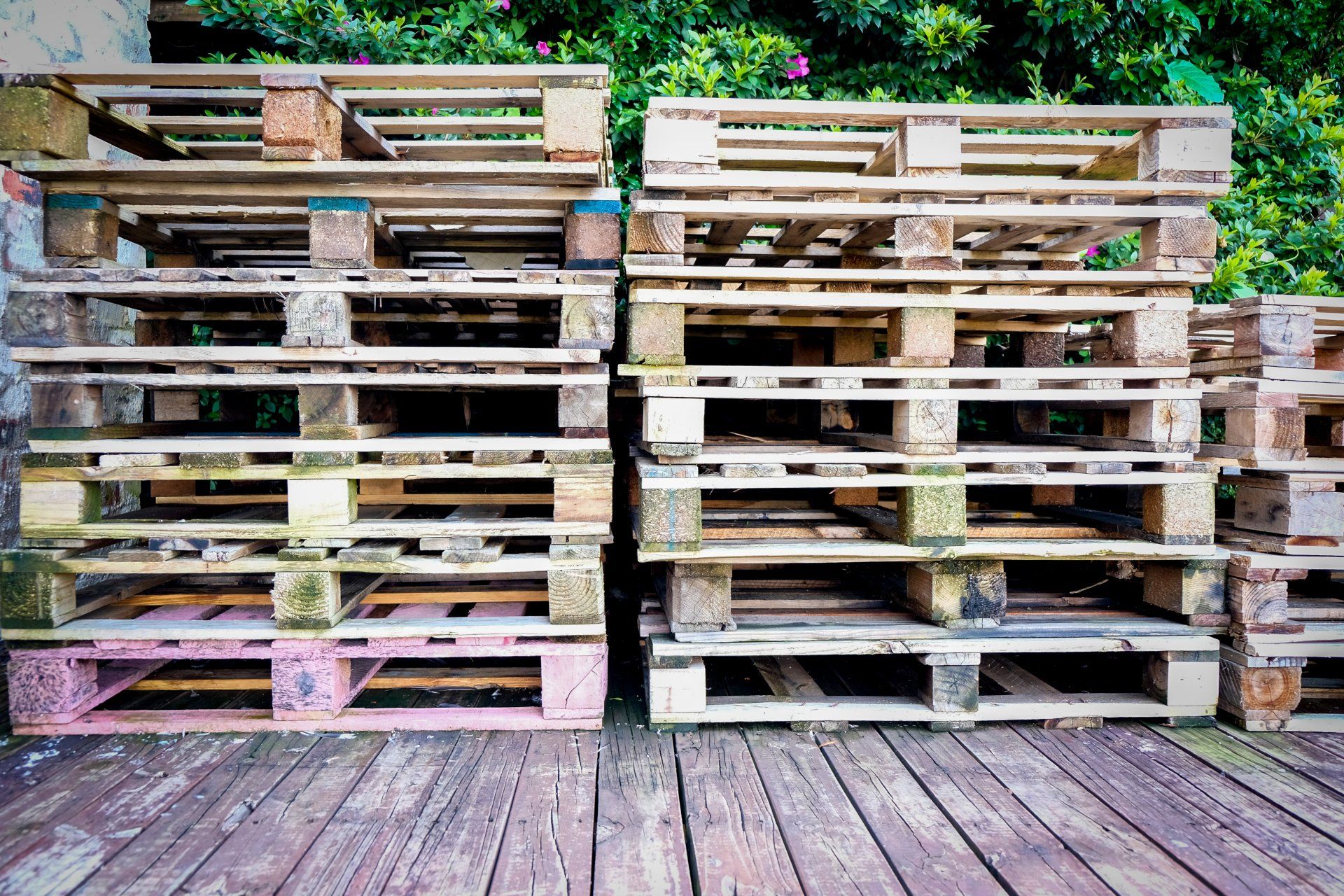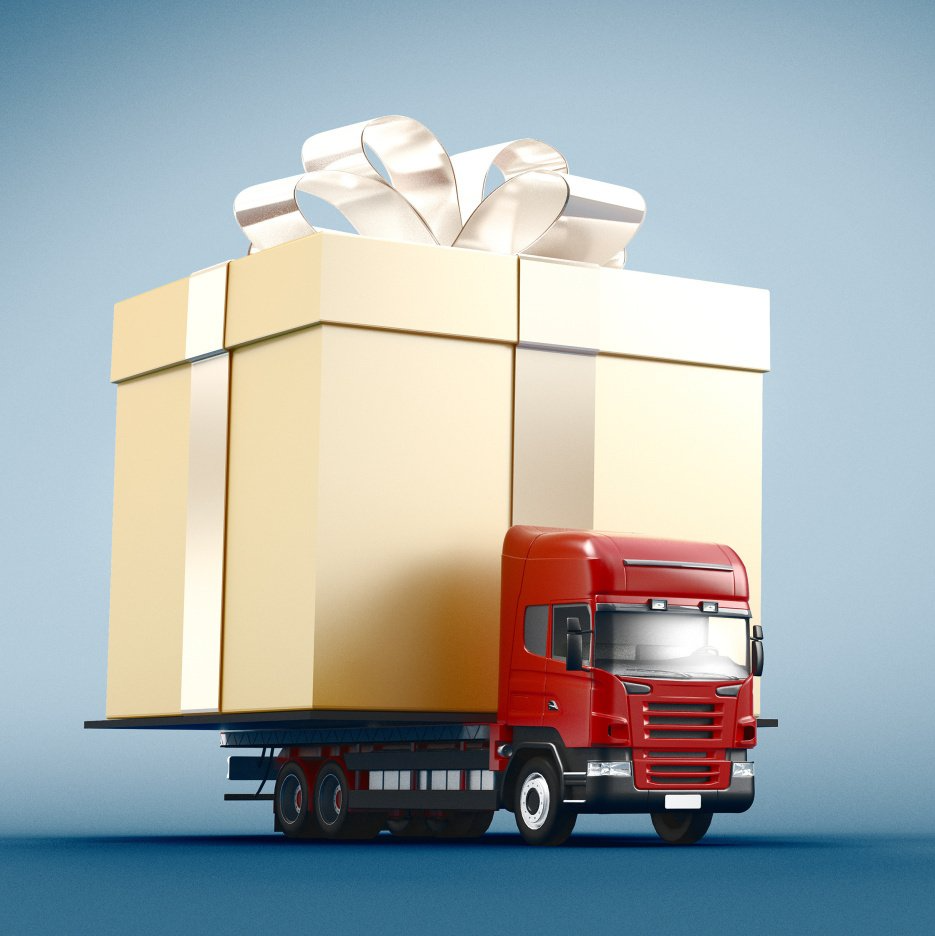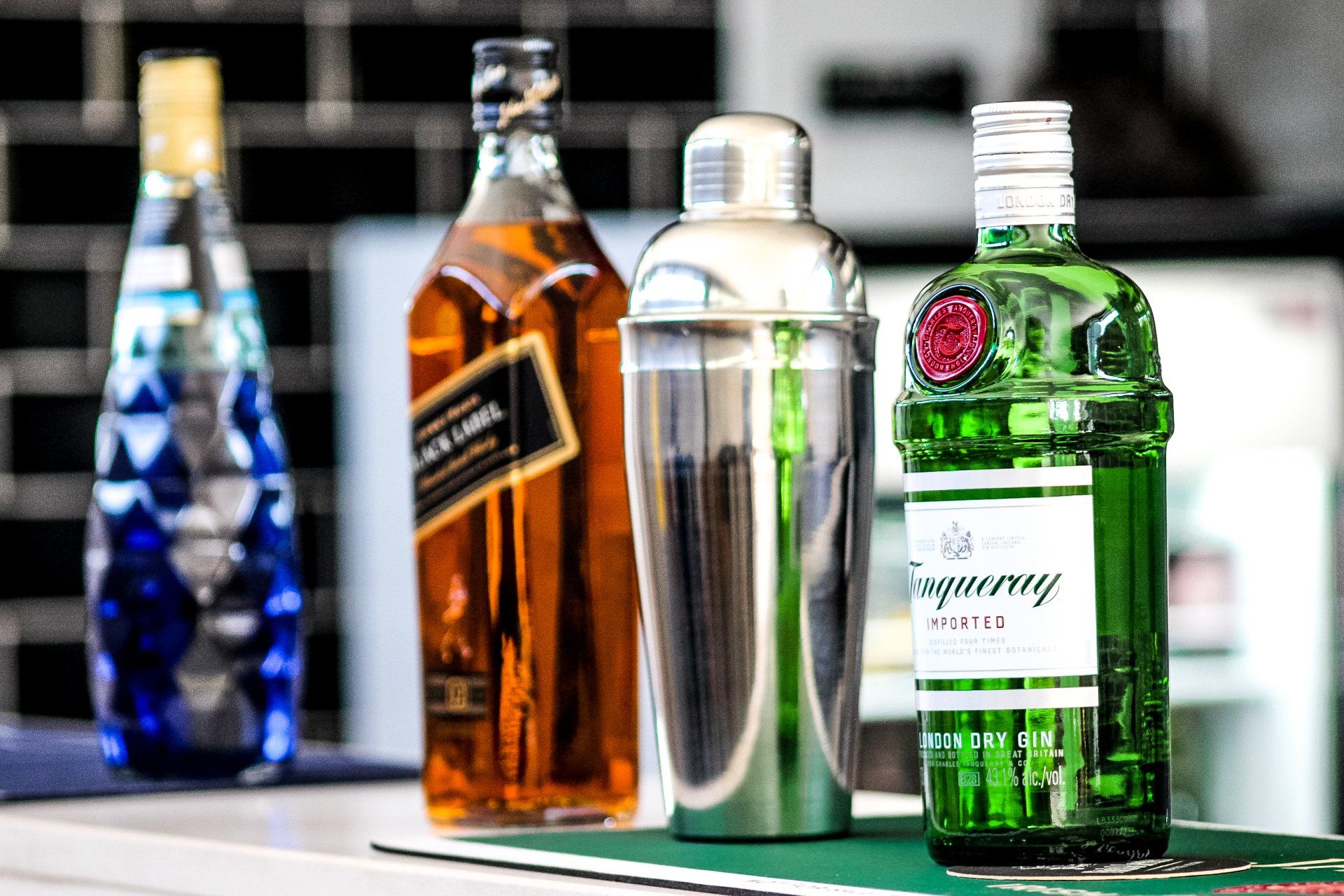Brambles Pallets
Can you track pallets?
Brambles are one of the biggest reusable packaging companies in the world. Their CHEP business unit is the run away market leader in wooden pallets. Thanks to CHEP, many manufactures have switched from wasteful, single use "white wood" pallets to high-quality reusable pallets that can last for 10 years. Millions of trees are standing today because of their work.
This article eloquently explains that the CHEP business model, based on renting pallets to producers, is under threat because too many pallets get lost. Brambles claim to lose 10% of their pallets every year. That may sound like a lot, but other supply chain companies lose up to 50% of their untracked crates, boxes and pallets every year.
Losing so many pallets get's expensive, especially when timber prices are as high as they are today. In FY22, Brambles spent $1,782 million on new pallets, mostly just to replace losses. This undermines the entire rental business model - it's only rental if you get the asset back.
Fortunately there is a solution: add wireless tracking to the pallets. Tracking pallets reduces losses by up to 95%. It used to be too expensive, but technology moves fast and it is now feasible to implement active tracking even on relatively low value assets such as wood pallets.
https://www.smartcompany.com.au/finance/brambles-pallet-industry-ripe-for-disruption/



Quick links
Contact
Sensize Privacy Policy: To protect the confidentiality of your device data, Sensize applications and websites may require you to log in.Sensize may collect usage data about the services you access in order to help us diagnose problems and improve the service. Any information we collect in this manner is used strictly within Sensize and is not shared externally.We do not use tracking or marketing cookies or any similar technology.





